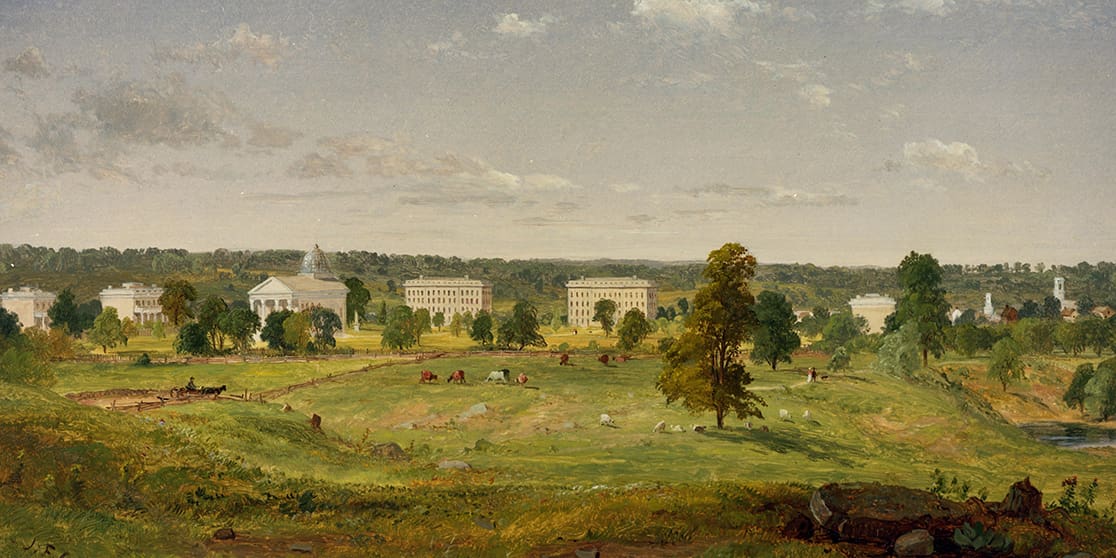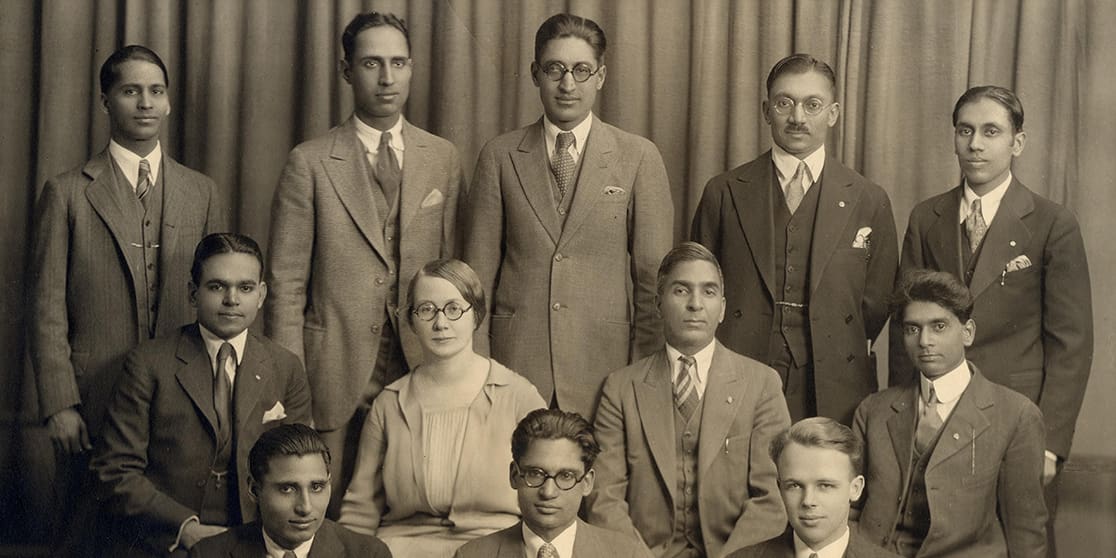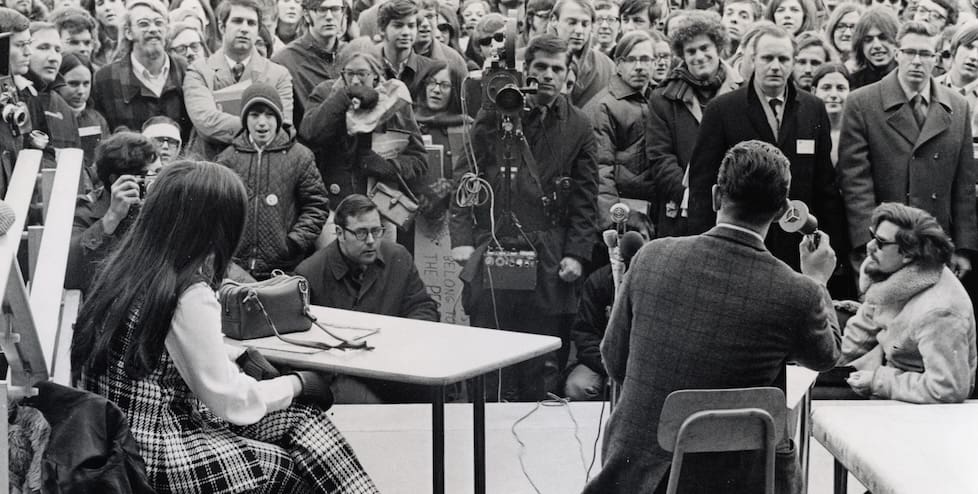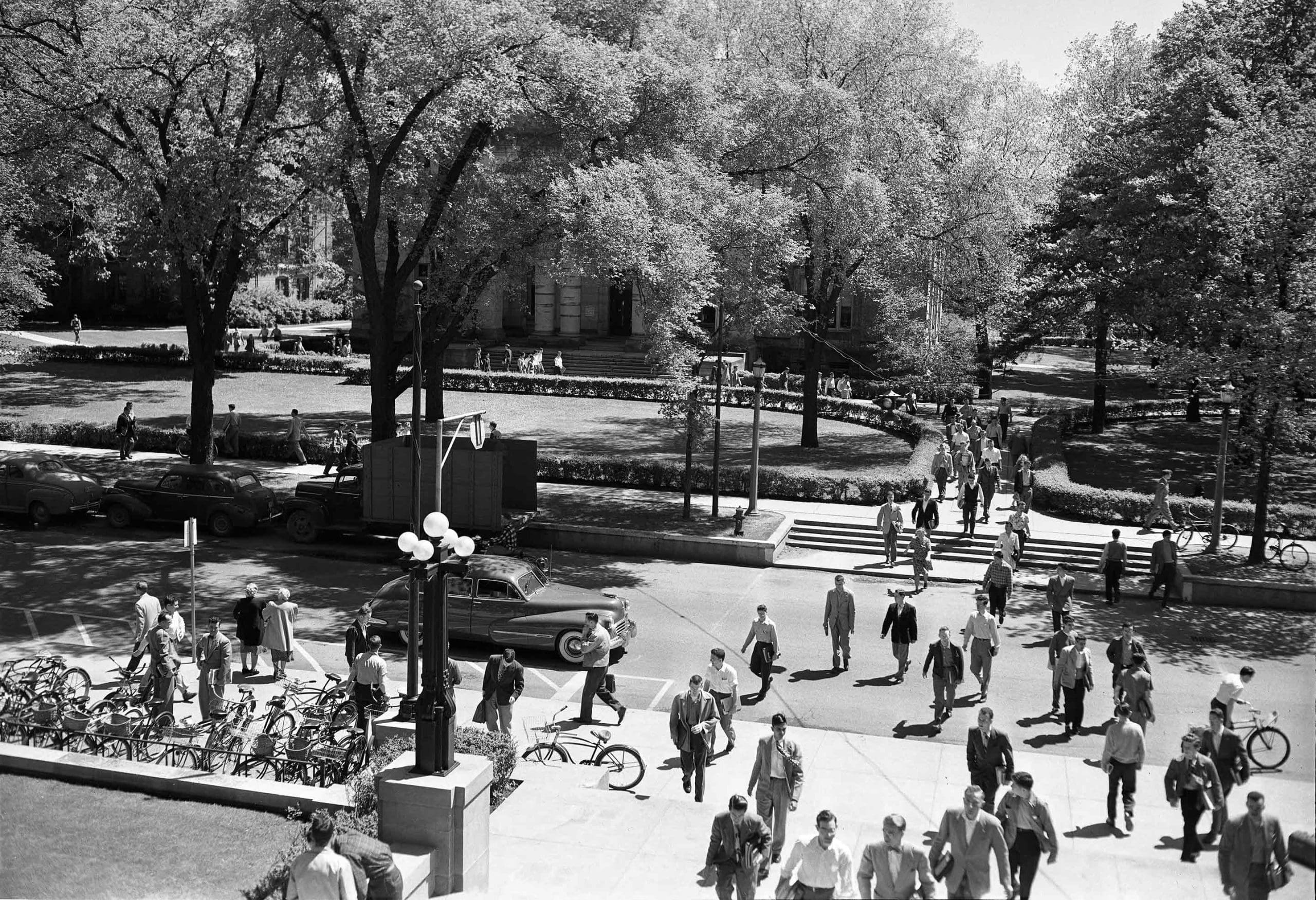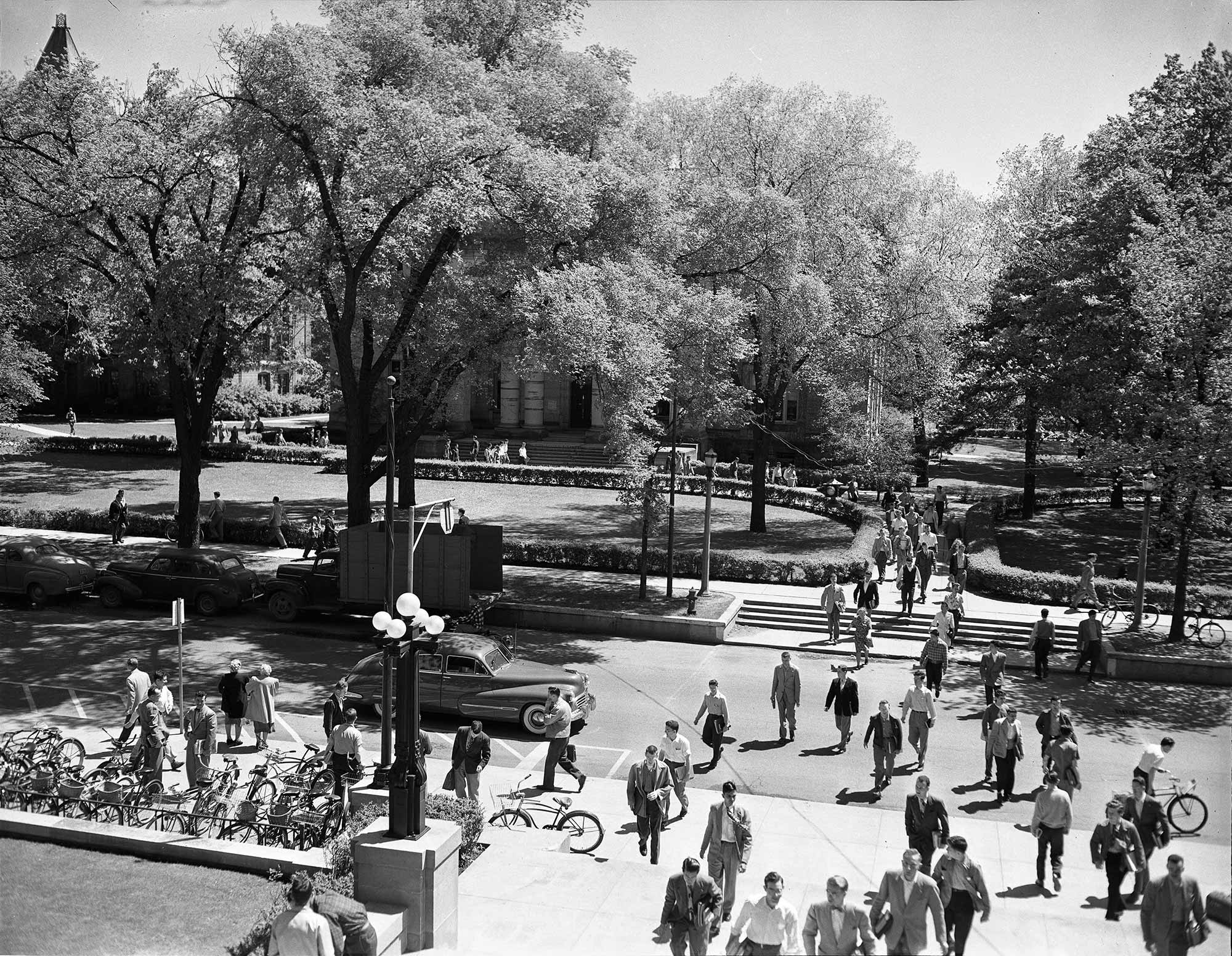Project Sites
Project Sites are the particular projects where the IHP’s mission to research, engage, and repair comes to life. Project Sites are overseen by the IHP’s research directors, led by U-M faculty and staff, and supported by research teams composed of students, staff, postdoctoral fellows, and campus and community partners. At any given moment, the IHP is pursuing multiple Project Sites and also working to develop more.
IHP Project Sites may focus on any aspect of the University of Michigan’s 200+ year history, as long as four basic criteria are met:
- The project must connect to U-M policies, units, faculty, students, and/or staff on at least one of our three campuses; their scope may extend outward to the region, the state, the nation, or even the world.
- The project must be historical in its conceptualization and methodology. We will prioritize projects that engage seriously with primary sources, archives, oral histories, and other means of tracing change over time at U-M.
- The project must center questions of inclusion in some way, with a focus on expanding existing knowledge of the university’s past.
- The project must be public facing in orientation and include reparative actions as part of its proposed outcomes.
Individual Project Sites generally take ~2-3 years to complete and go through a series of phases, including 1) development, 2) research and engagement, 3) deliverables, and 4) recommendations for and/or implementation of reparative action. The IHP provides the necessary resources to project leaders and teams to fully pursue their projects through these phases, from funding for project personnel to resources to create deliverables to connections with university partners.
IHP Project Sites are large in both scale and reach. They focus on particularly significant and distinctive topics in the history of U-M that are relevant to its record of inclusion and exclusion and draw attention to understudied and/or crucial periods, people, and events in that history. While approaches to Project Sites vary and can be chronological and thematic, intersectional and group specific, etc., most employ a thematic and intersectional approach.
Individual Project Sites combine to form a slate of projects that fleshes out a fuller history of the university. In our first five years, the IHP is undertaking a limited number of Project Sites, so that we may fully pursue them and they may have a collective impact. With that being said, in the final slate of Project Sites, all of the university’s communities should see themselves reflected.
Project Site Components
The aspects and activities of IHP Project Sites include:
- Clearly defined research components, including research questions, a defined evidence base, etc.
- Collaboration and engagement in research activities that extends beyond the core project team through curricular components, public pedagogy dimensions, etc.
- Explicit connections between historical content and present-day experiences and concerns
- The inclusion of multiple constituencies, stakeholders, perspectives, and voices in the topic studied
- An emphasis on individual stories
- Adherence to relevant best practices in community engagement work
- Concrete connections with, or the potential to build upon, relevant past or ongoing efforts to learn about U-M’s past within and beyond the university
- The commitment and potential to generate products that are not limited to academic audiences and that add to the overall variety of IHP outputs
- The production of a new archive or other resources that can support future research
- A reparative dimension focused on symbolic and/or material changes that emerge from the research and engagement activities associated with the Project Site and contribute to the IHP’s efforts to plot a more just course for the university’s future
Project Sites need not be fully conceptualized when they are initiated and approved, which reflects the project development process and the need for research and engagement activities to point to the particular reparative actions that should be taken.
Developing New Project Sites
The IHP’s research directors lead the development and cultivation of IHP Project Sites. By design, there are multiple ways to initiate IHP Project Sites:
- Ideas for Project Sites emerge through IHP committees. For instance, several Project Sites were proposed by the Framing & Design Committee and are briefly outlined in A Design for the Inclusive History Project. Ideas for new Project Sites may be the topic of or emerge organically in meetings of current IHP advisory committees.
- Ideas for Project Sites have arisen through feedback the IHP has received–via informal conversations with members of the U-M community, through our feedback form, and other sites of engagement.
- In some cases, projects have emerged from initial research or teaching with archives in one of the major U-M repositories (e.g., the Bentley Historical Library).
- New ideas for Project Sites may be generated through targeted outreach by the IHP to specific programs, departments, or individuals to invite their ideas, especially when a gap in current Project Sites has been identified.
- Projects begun in grants provided by the IHP Fund, including teaching and research and engagement projects, may expand into Project Sites following the completion of the grant period.
- Existing projects on U-M’s inclusive history that need additional resources to pursue a next phase may choose to partner with the IHP as affiliate Project Sites. These projects may be recruited by the IHP, submit a letter of interest, or get in touch with the IHP via other avenues to explore possibilities for partnership.
 Close
Close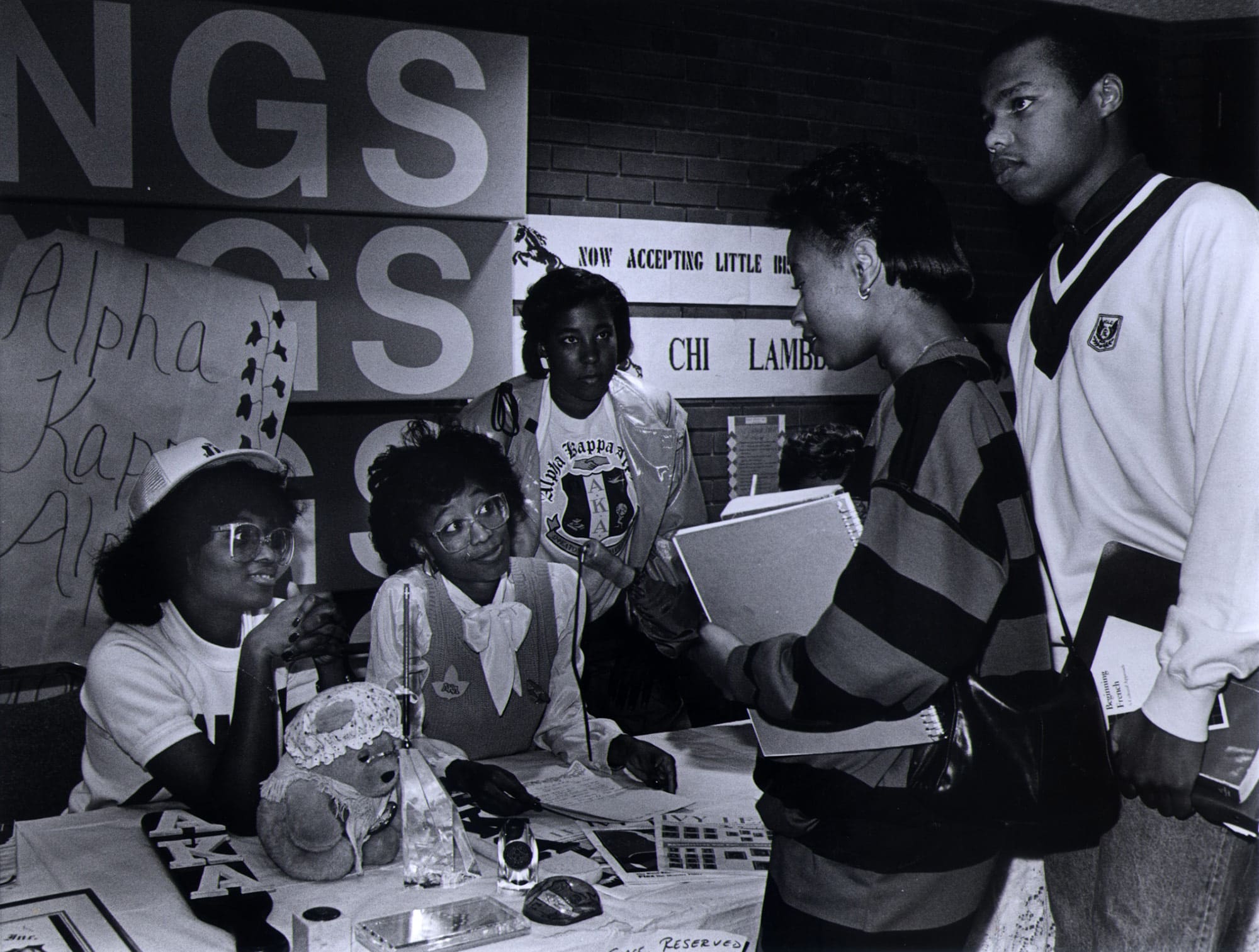
 Close
Close



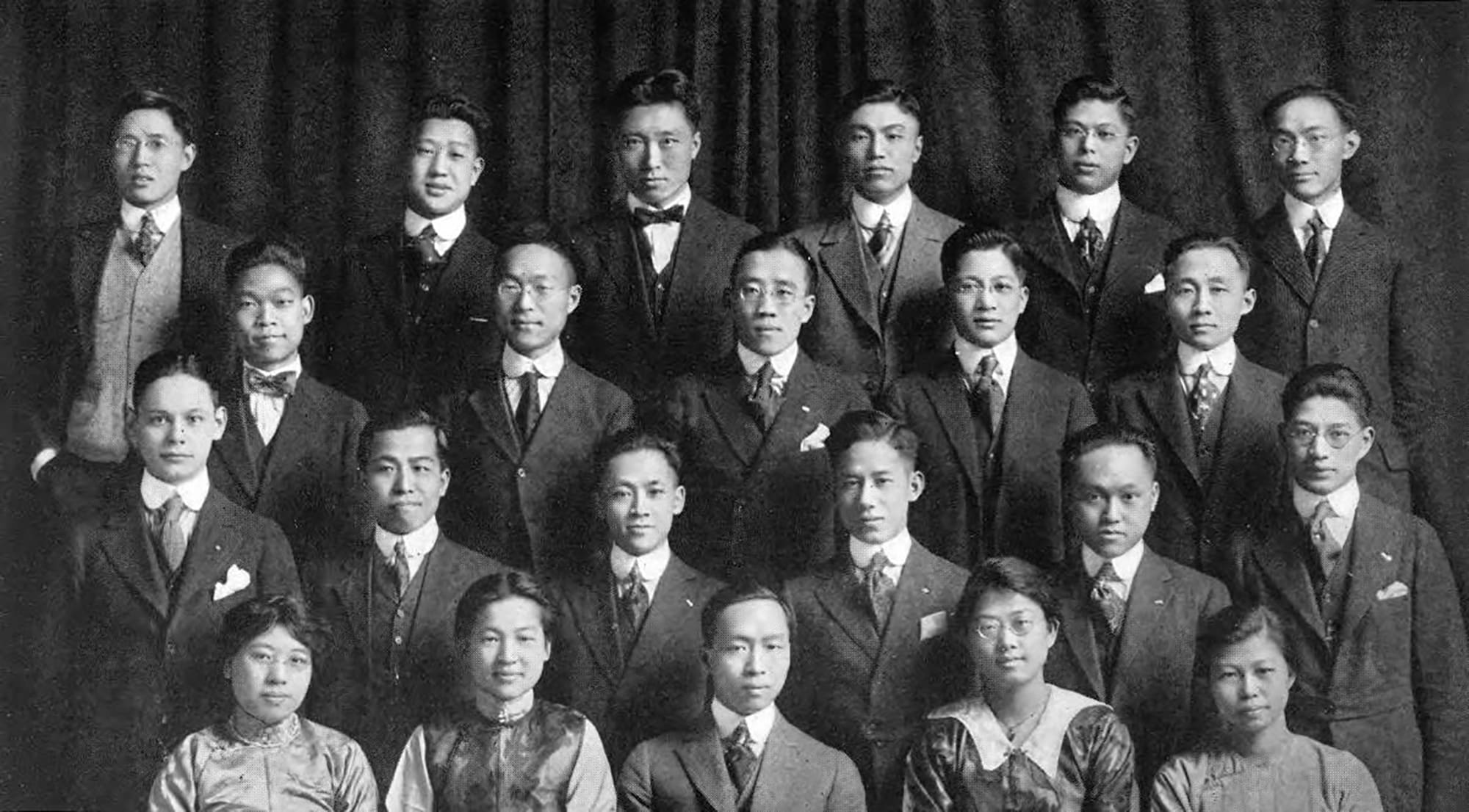
![University of Michigan. ”Campus areas of the University of Michigan [map].” Scale not given. Ann Arbor, Mich.: University of Michigan, 1956.](https://inclusivehistory.umich.edu/wp-content/uploads/2024/01/map-of-the-university-of-michigan-blue-scaled.jpg)
![University of Michigan. ”Campus areas of the University of Michigan [map].” Scale not given. Ann Arbor, Mich.: University of Michigan, 1956.](https://inclusivehistory.umich.edu/wp-content/uploads/2024/01/map-of-the-university-of-michigan-blue-pop-up.jpg)
